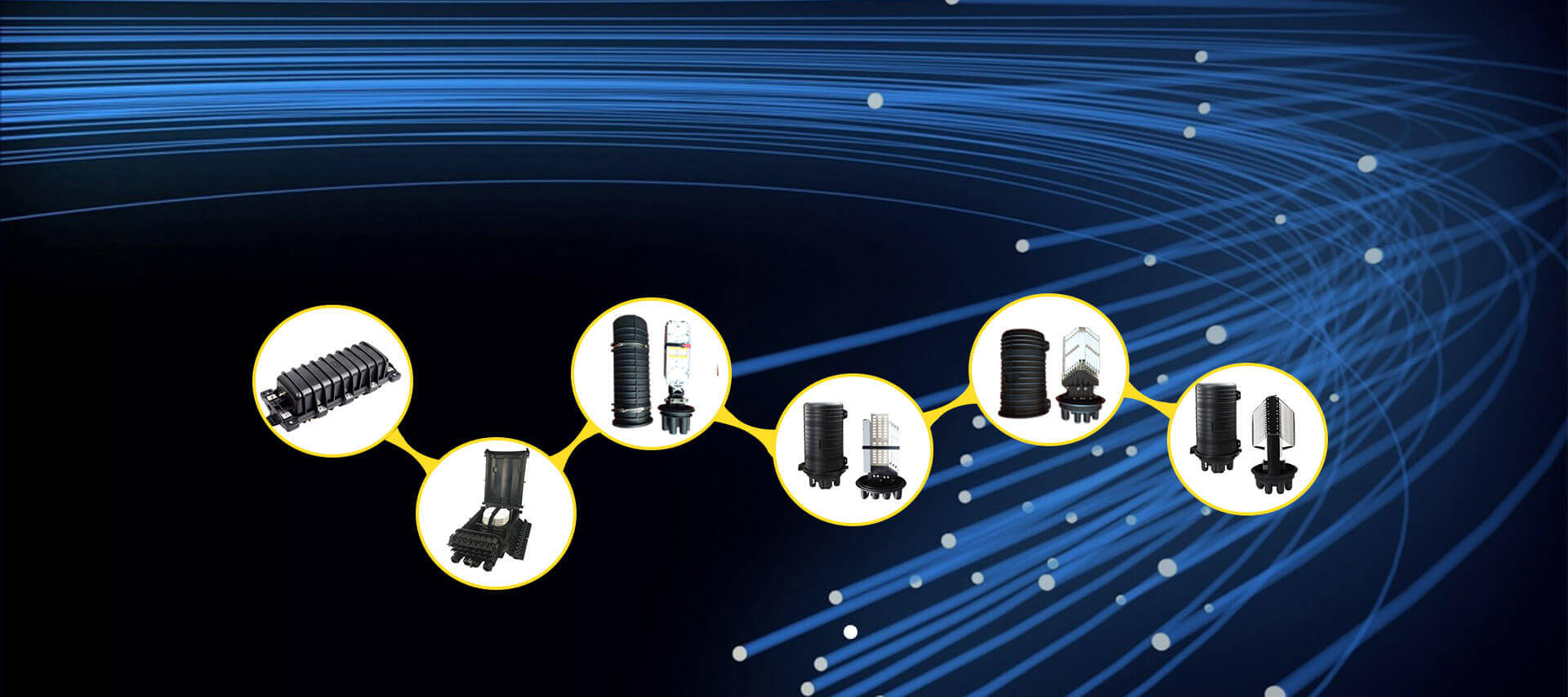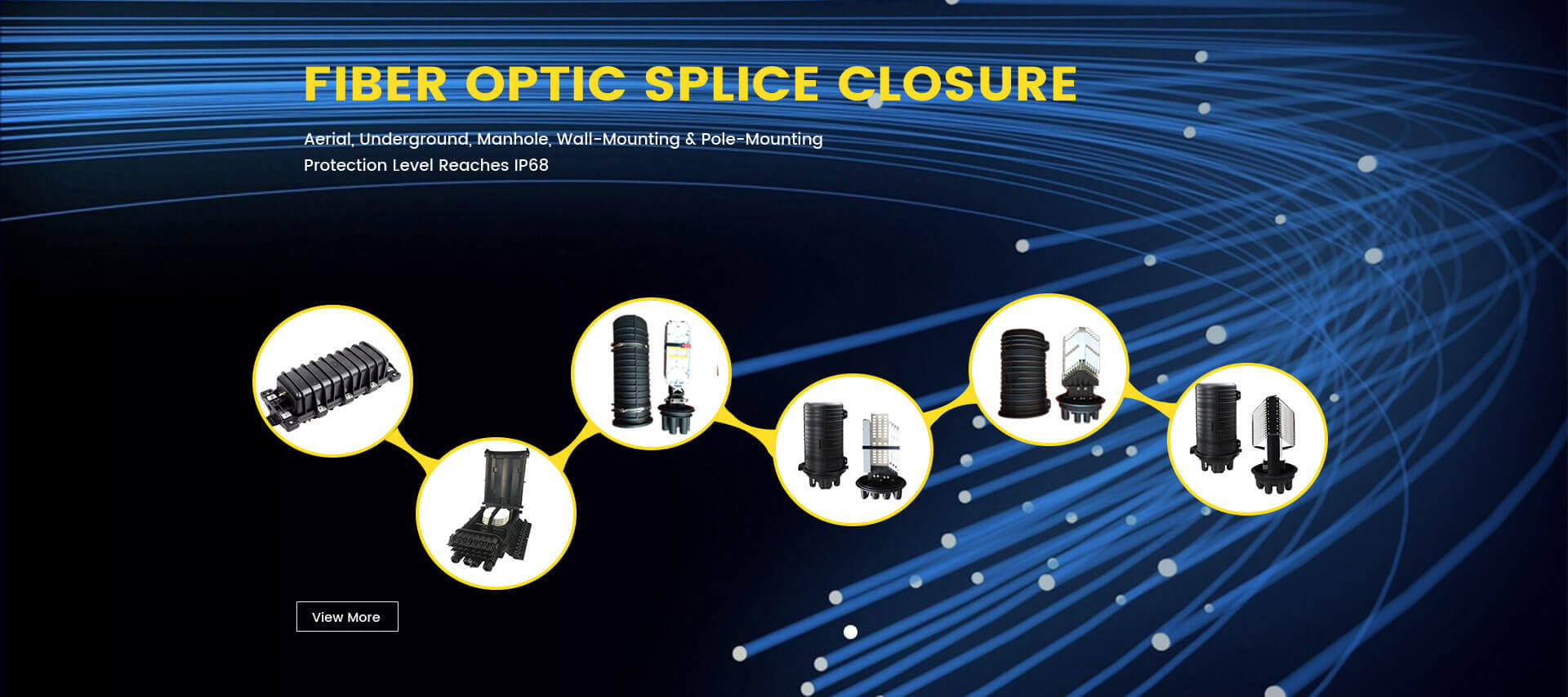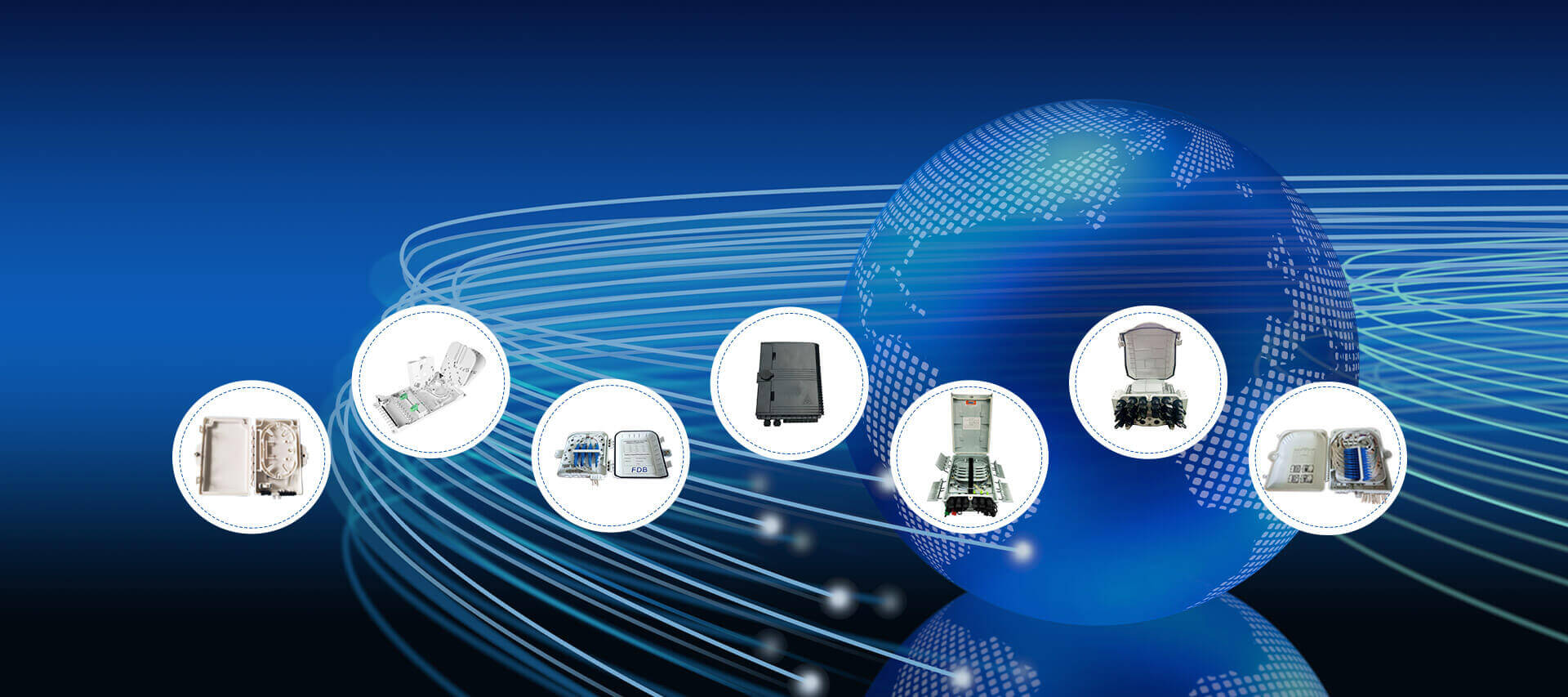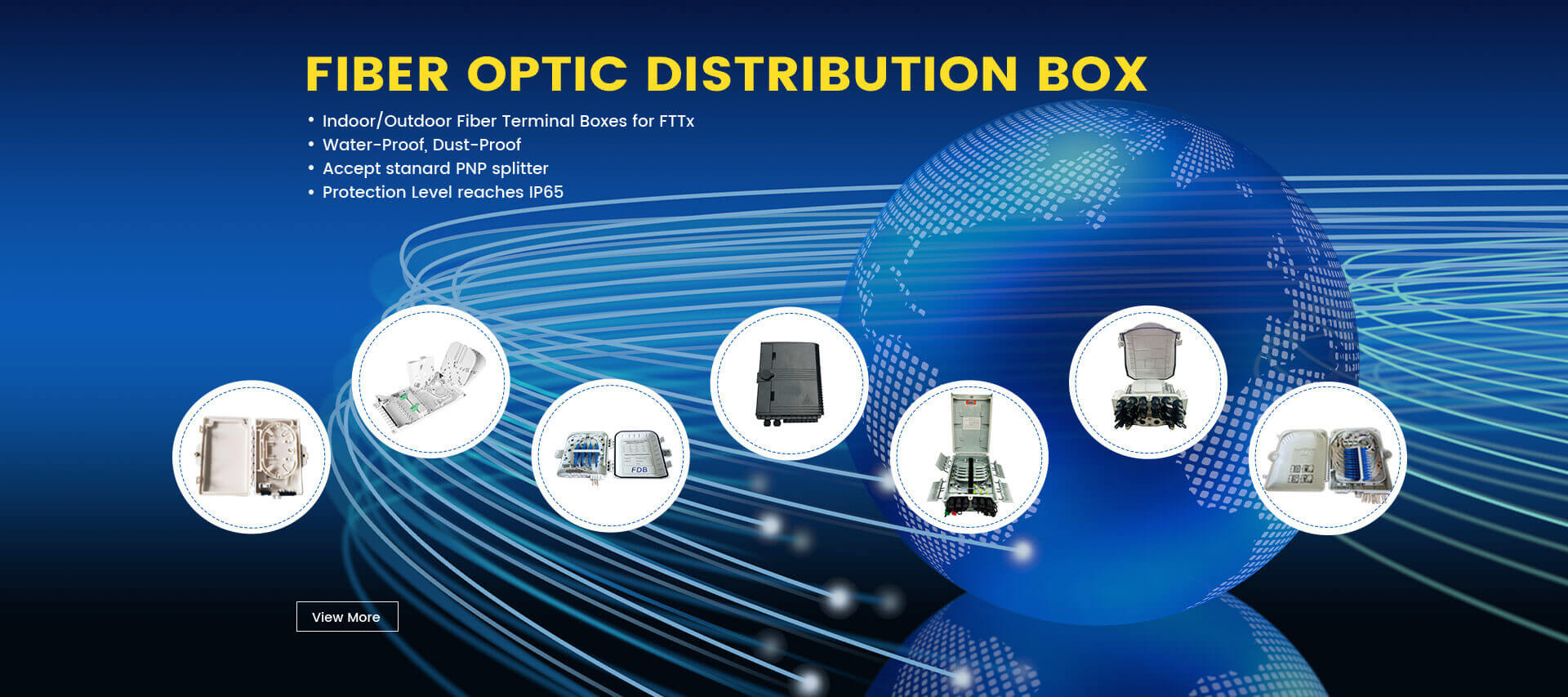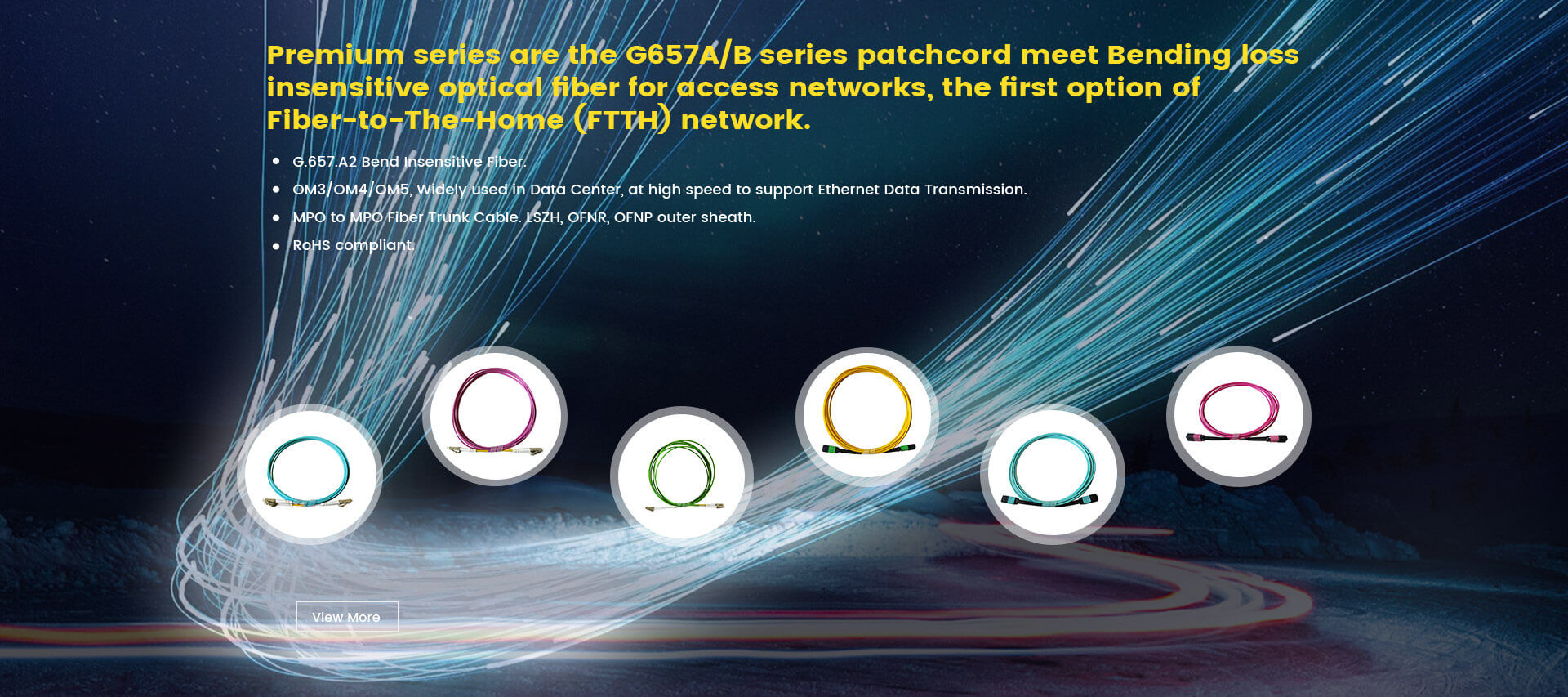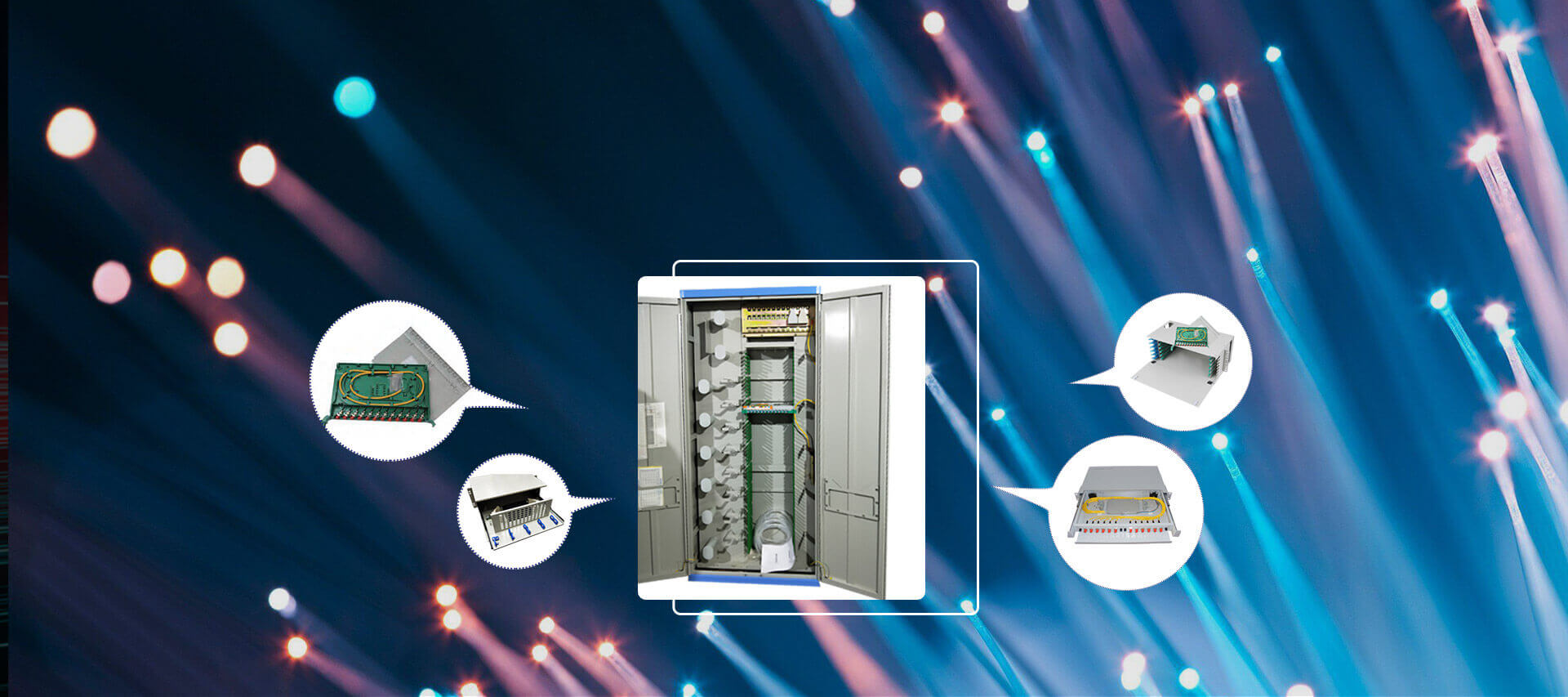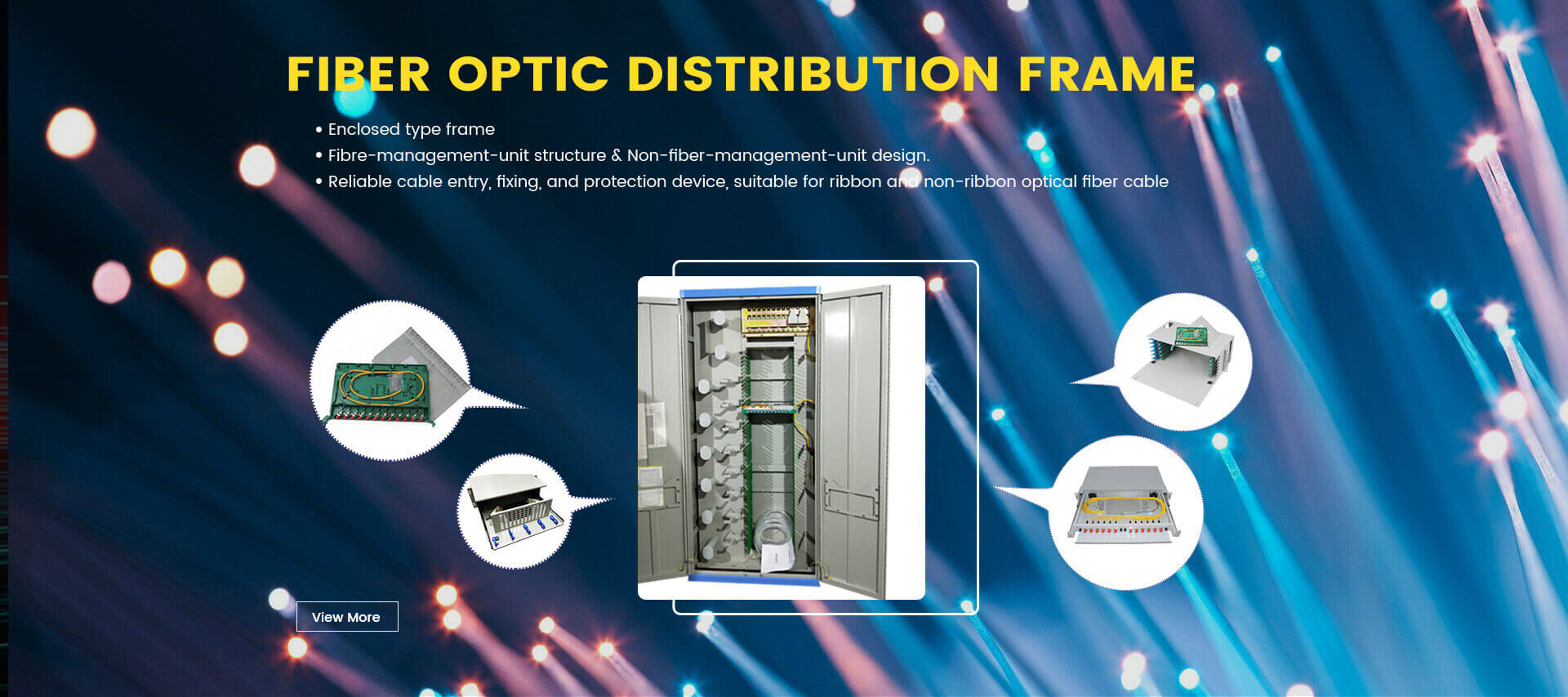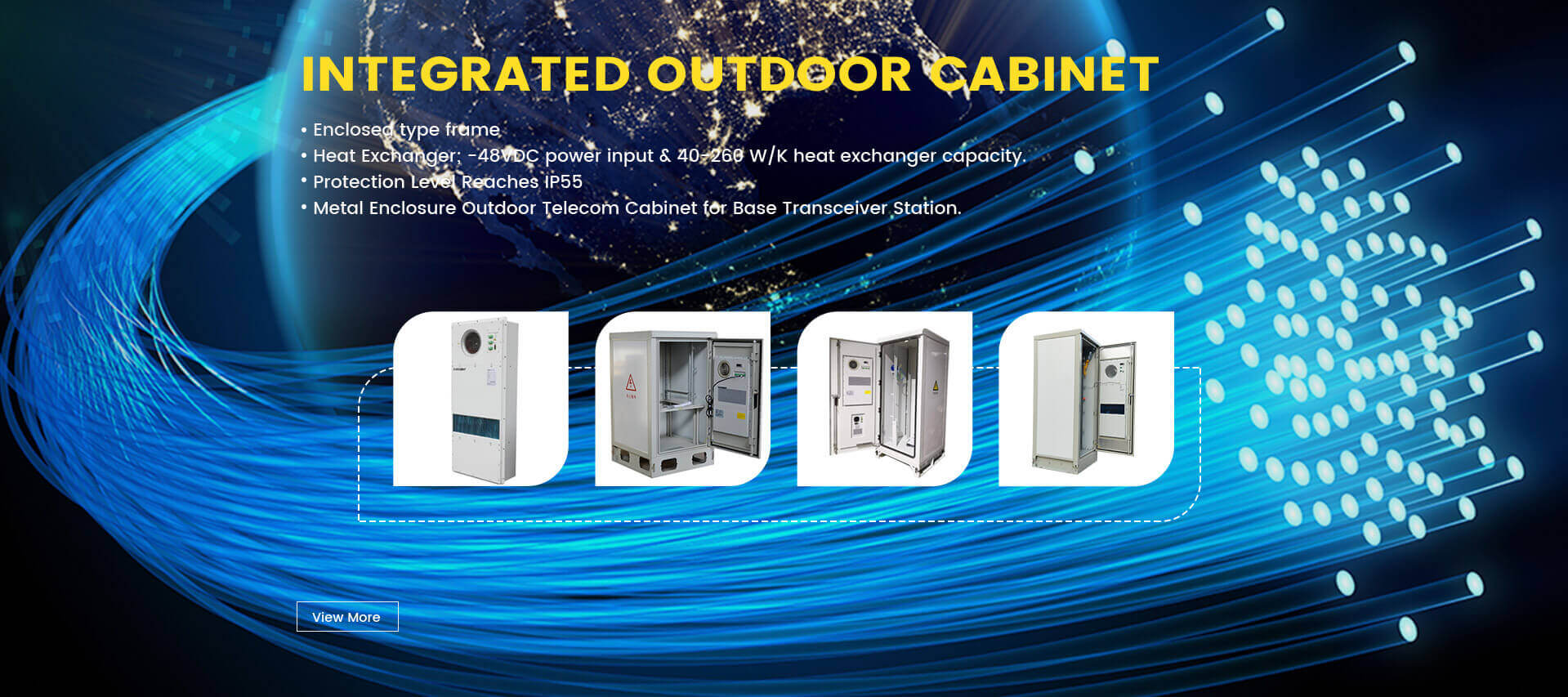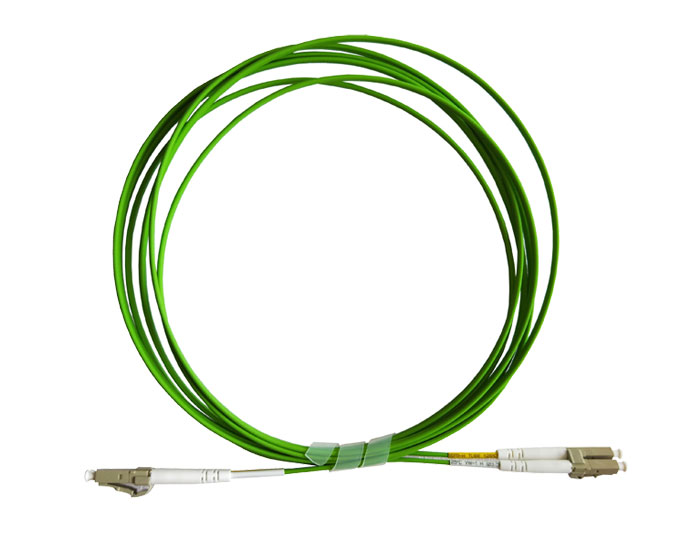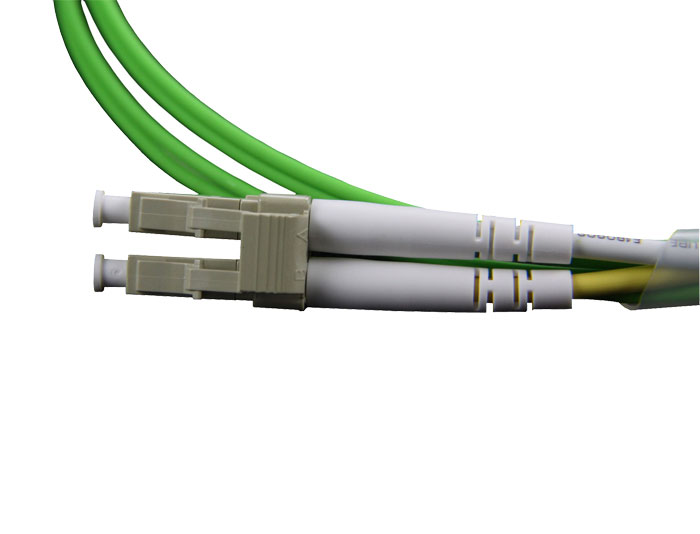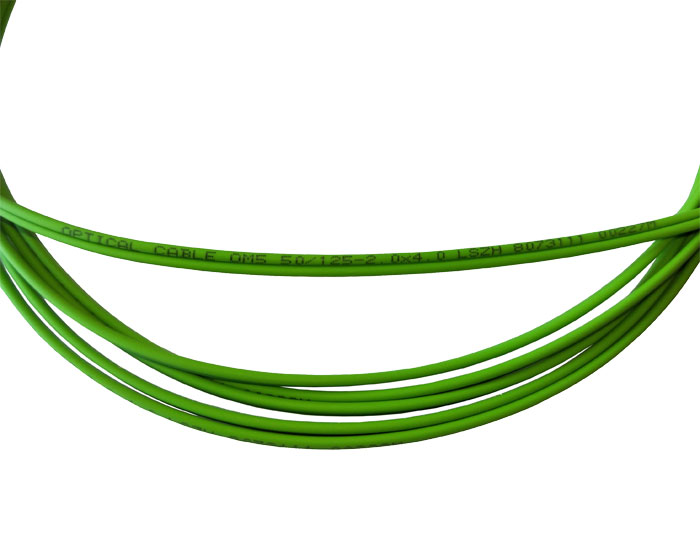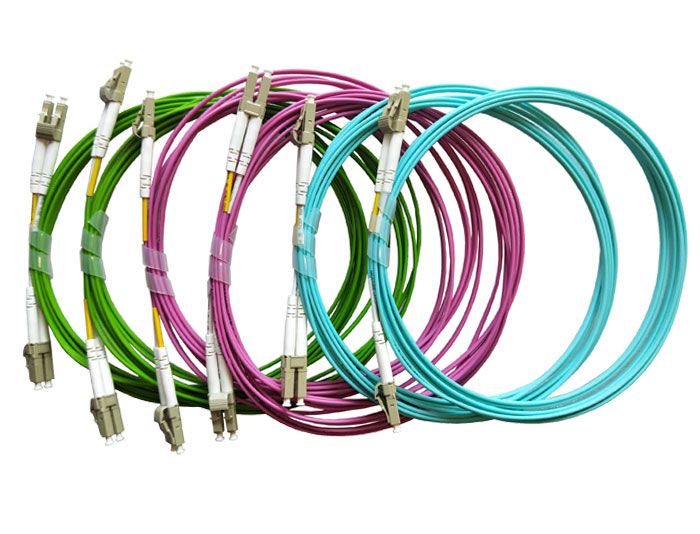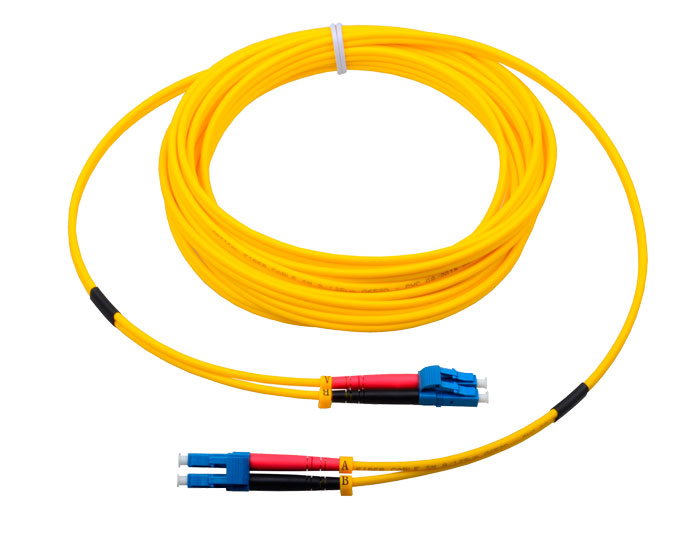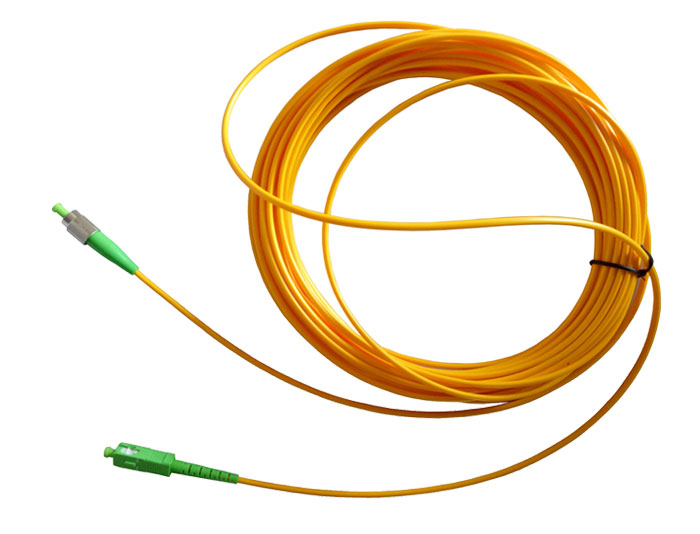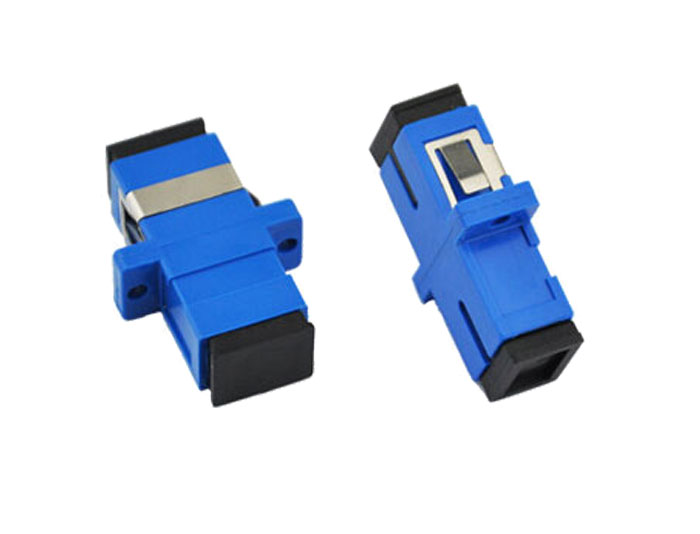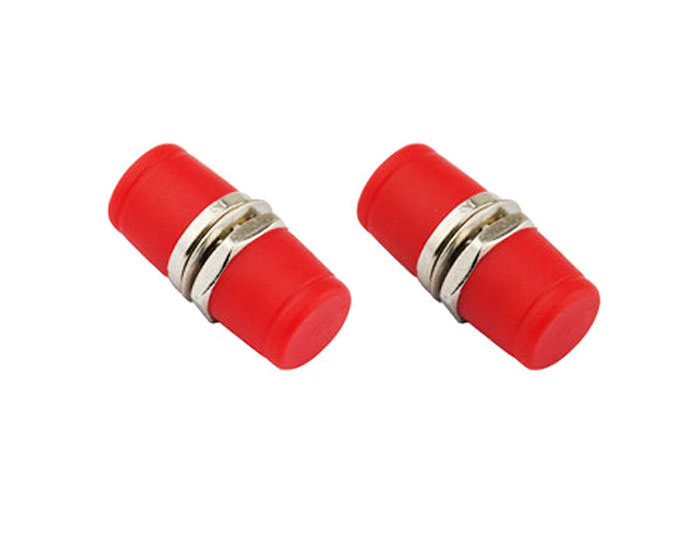The OM5 LC to LC Fiber Patch Cord complies with TIA-492AAAE and draft IEC 60793-2-10 A1a.4 requirements, ensuring full backward compatibility with existing OM4 networks and applications. It is RoHS compliant, and each fiber patch cord is optically tested for insertion loss to guarantee high quality. MJADOM's commitment to quality and compliance is a testament to our dedication to providing the best products in the market.
The fiber patch cord is constructed with a variety of materials, including a zirconia ceramic ferrule, stainless steel spring, and a Kayflex boot. The cable is available in different diameters, including Ø 0.9 mm, 2.0 mm, 2.4 mm, and 3.0 mm, and is made of either PVC or LSZH.
MJADOM offers a variety of fiber types, including multimode (OM1, OM2, OM3, OM4, OM5) and single mode (OS2), with SC, LC, FC, ST, and MPO connectors. All fiber patch cords meet ITU-T standards, ensuring the performance you expect. This wide range of options caters to diverse needs, making MJADOM a one-stop solution supplier for all your fiber optic needs.
The fiber patch cord operates at wavelengths of 1310 and 1510 nm, with an insertion loss of ≤ 0.2 dB and a return loss of ≥ 45 dB for PC, ≥ 55 dB for UPC, and ≥ 60 dB for APC. It can withstand operating temperatures between -45 and +75 degrees Celsius and storage temperatures between -45 and +85 degrees Celsius. These technical specifications underline the robustness and reliability of the product.
Features :
1. 100% insertion loss, return loss, end face tested, and visual inspection for contaminants.
2. Excellent mechanical endurance .
3. Standard jacket’s fire ratings OFNR (Riser), OFNP (Plenum), and LSZH (Zero halogen).
4. 900 µm, 2.0, and 3.0mm standard cable diameters
5. Various Connector Type.
6. Single mode OS2, and multimode OM1, OM2, OM3, OM4, OM5.
7. Jacket Color: SM Yellow / OM1 & OM2 Orange / OM3 Aqua / OM4 Aqua or Violet / OM5 Lemon Green.
Application :
1. FTTX + LAN (Local and wide area networks).
2. Optical fiber CATV (Community access television).
3. Local Area Networks.
4. Testing Equipment.
5. Fiber Optic Telecommunication.

